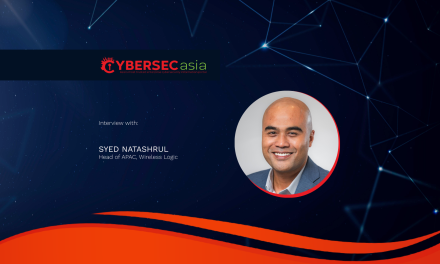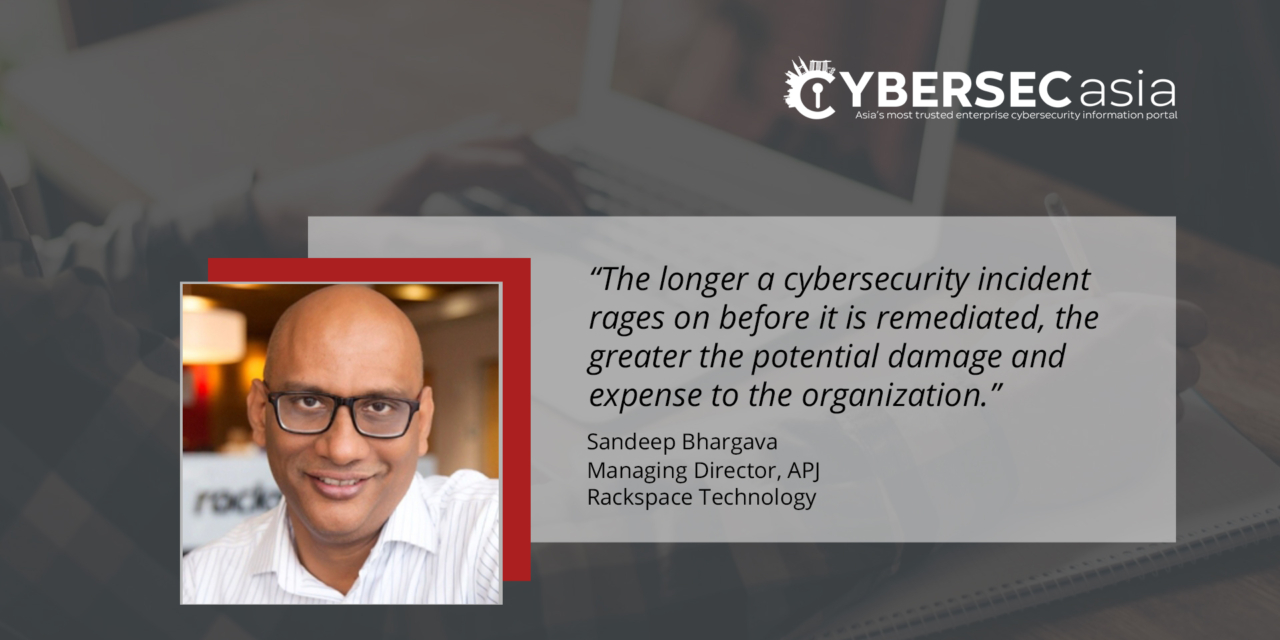Here is a pitch from an MSP expert on why organizations relying on public cloud services should consider outsourcing SOC functions.
In the 2020 cloud predictions research by IDC, it was predicted that 55% of Asia Pacific excluding Japan (APEJ) enterprises would deploy unified virtual machines (VMs) and multi-cloud management processes and tools to support robust multi-cloud management and governance across on-premises and public cloud by 2022.
As a result of the current pandemic, many enterprises have been leveraging different cloud platforms across multiple service providers. The global crisis has also forced organizations across the world to adjust to remote-working and hybrid arrangements.
However, this unprecedented global pivot to unfamiliar work arrangements has left many organizations exposed to bad actors. The use of unmanaged devices is opening doors, as adversaries have shifted quickly to exploit the newly-increased attack surfaces and overstretched IT resources.
The shift to modern architecture and cloud-based applications has dramatically increased the threat profile of organizations and left them scrambling to scale their security systems to meet the surging use of personal home networks, handheld devices and apps beyond the scope of the enterprise’ secured environment.
Importance of an SOC
Although cybersecurity remains a top agenda item, businesses face challenges with hiring and retaining the talent they need due to a global shortage of the necessary skills. This skills gap leaves industries and nations more vulnerable to cyberattacks. In ASEAN, it seems the demand for cybersecurity talent continues to outpace the supply—a particularly pressing concern, given the launch of ambitious digitalization plans across countries.
To effectively handle threats against potential cyberattacks requires rapid monitoring and response. Enterprises need to consolidate threat intelligence, security analytics, alerts and response services with a solution that can be easily deployed and managed across multi-cloud environments. The longer a cybersecurity incident rages on before it is remediated, the greater the potential damage and expense to the organization. It is thus essential for enterprises to be equipped with a fully managed defence-in-depth architecture to protect their multi-cloud apps and data.
Addressing these threats is the responsibility of the Security Operations Center (SOC). The SOC provides round-the-clock monitoring for cyber-threats and the ability to engage immediately in incident response. It is also essential that organizations start looking at Security Operation Center capabilities with threat detection and incident response services to their environments that are not currently managed by their service providers—such as on-premises data center, branch locations, colocation, AWS, Microsoft Azure, or Google Cloud Platform (GCP) environments—for unified protection across the entire multi-cloud.
Smaller organizations that do not have the resources or ability to manage or operate an SOC on their own often engage managed services provides (MSP) to do so. Similarly, even the larger organizations with very lean IT teams most likely will not be able to hire adequate cybersecurity personnel, let alone build an SOC. By engaging an MSP, organizations can delegate the responsibility to the vendor for providing around-the-clock Security Operation Center (SOC) services to help detect and respond to vulnerabilities and emerging threats.
Tackling skills shortages via MSPs
Businesses can avert the industry shortage of cybersecurity professionals by outsourcing to network and security experts with the appropriate certifications.
With specialized security analysts focused on analyzing security alerts and providing incident response around-the-clock, businesses without in-house cybersecurity teams will enjoy greater peace of mind. SOC services are available to help protect all of an organization’s environments, no matter where the applications and data are hosted.
Also, when it comes to security breaches, the industry average time to detect and contain a breach is 279 days, according to some studies. But by outsourcing SOC functions, organizations will be able to ensure their security posture is up to date with the latest threat intelligence; threats can be detected and responded to faster, thereby limiting damage and other risks.


















